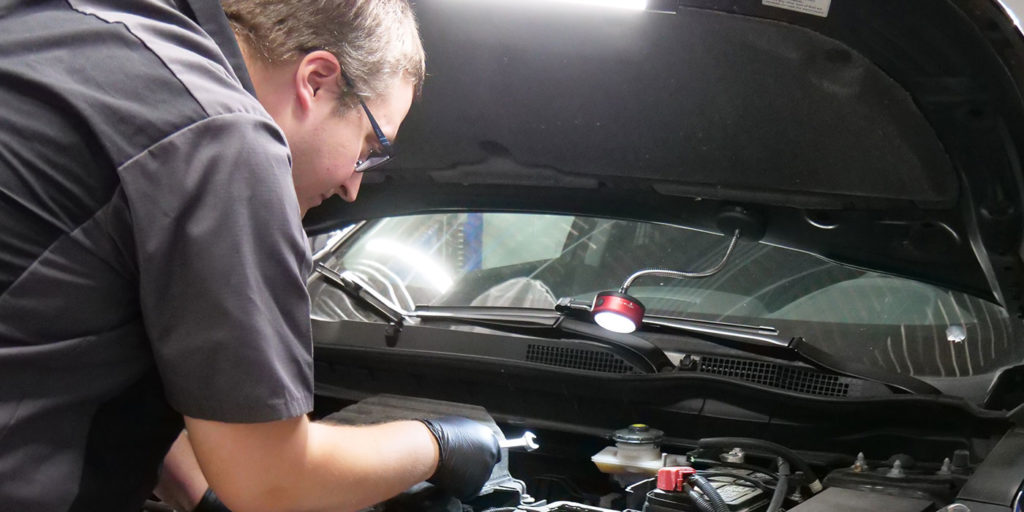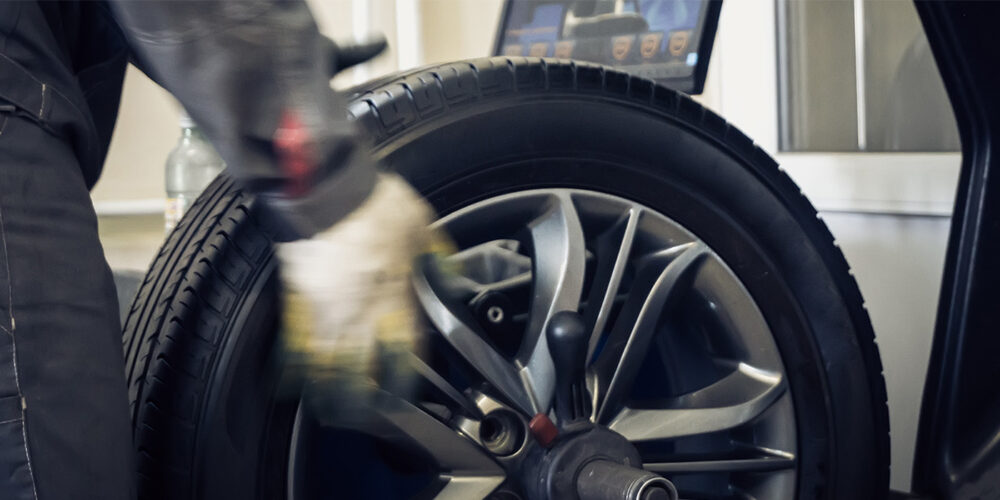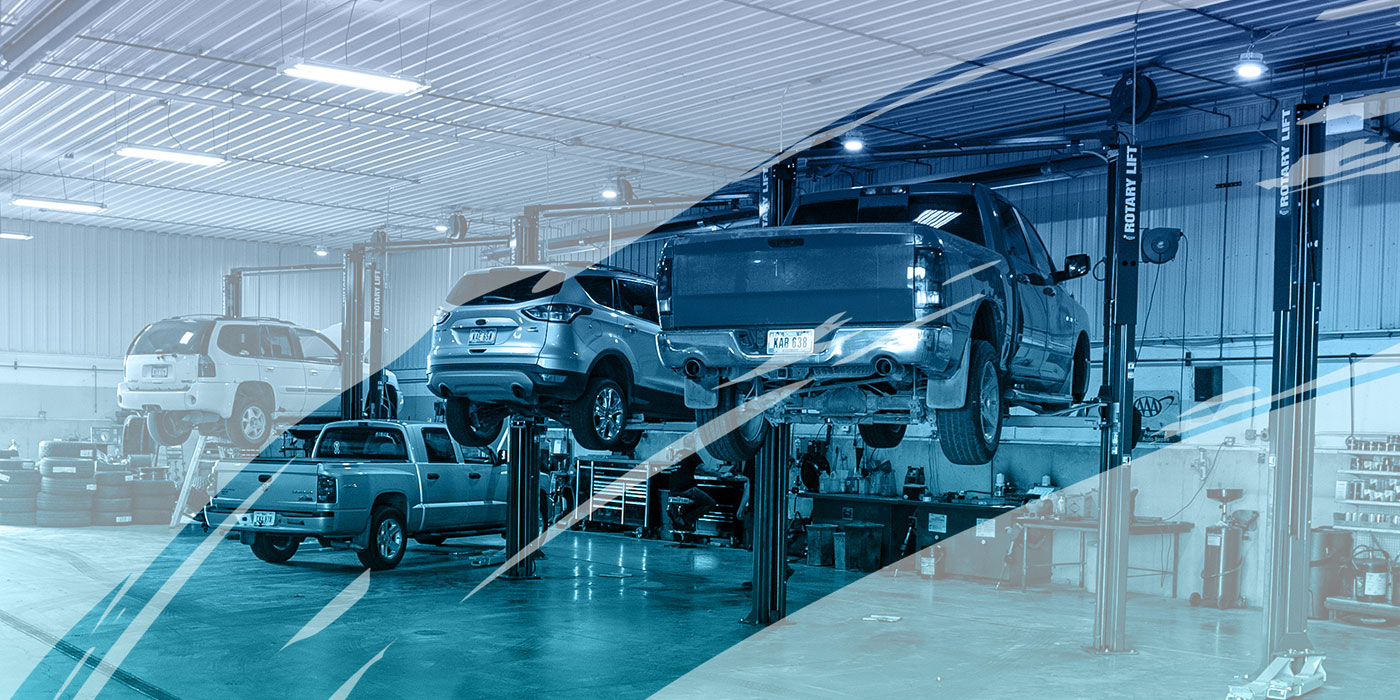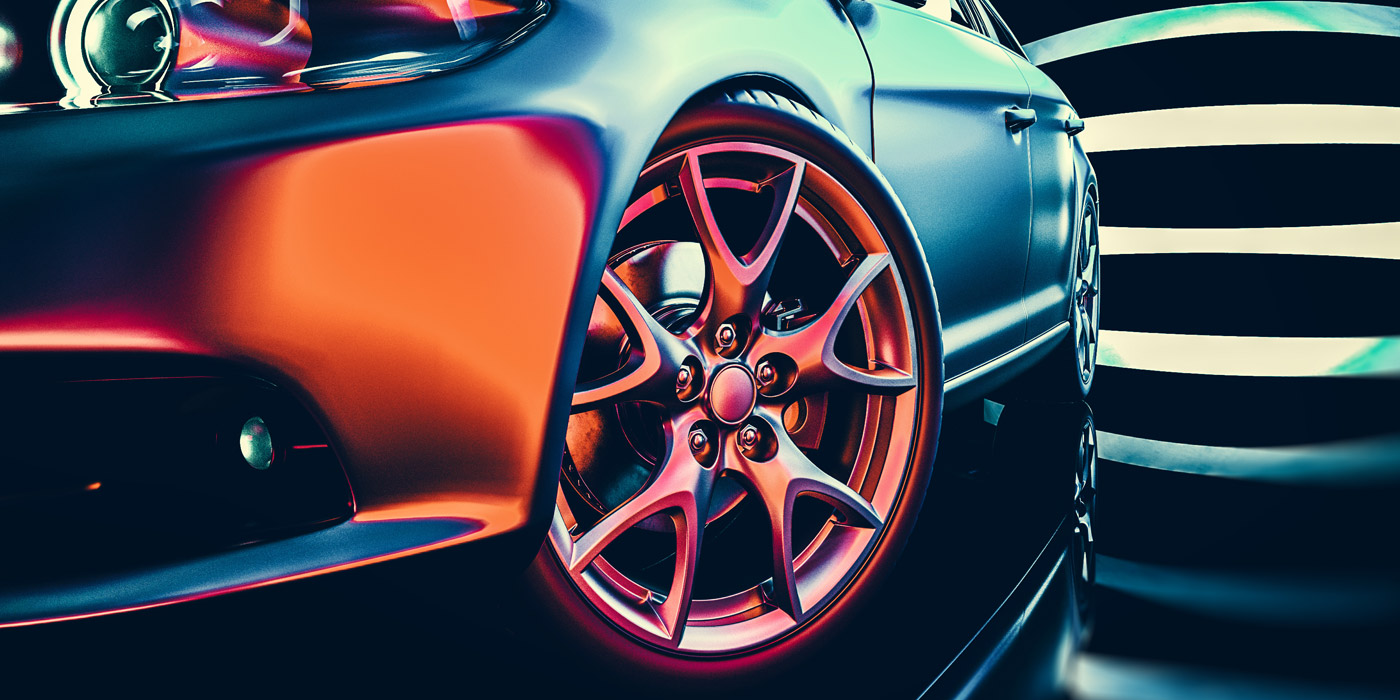Some tools you keep forever. They just last, and like a connoisseur of fine wine, as technicians we can always talk about our tools. “I got this one when I was 16.” “I found this one in a car I bought.” This is water cooler talk in an auto repair shop.
Then there’s the drawer of the tools that don’t last and one of the most common residents is old lights. Why a lot of us, myself included, are guilty of keeping them, I don’t know. Perhaps we think someday we will use them again or fix them, or perhaps it’s that we just paid so much for that little AA or AAA light that we can’t seem to let it go. But if it was the cost, then why do we keep so many of those no-longer-functional LED flashlights that were free when we bought something from the local “budget” tool warehouse?
The mystery may never be solved but it’s no mystery that our tool budgets will always need room for new lights. They wear out and become outdated and quite often take more abuse than anything else, all factors that point to why we are constantly faced with buying new ones, but looking on the bright side of things, new lights are simply awesome!
As much an opinion as that may be considered, few people will disagree. The reason new lights are so impressive is due to two factors: modern battery technology and the Light-Emitting Diode (LED).
Modern battery technology only needs a short introduction and is ultimately the reason traditional battery lights are collecting dust. The same lithium-ion technology that has revolutionized cordless tools is providing the power for today’s rechargeable lights. Giving old faithful their due, there are some unique and equally useful designs on the market that still take traditional AA or AAA batteries, but you just can’t beat the convenience and longevity of modern rechargeable technology — and they’ll always be ready to go when you need them.
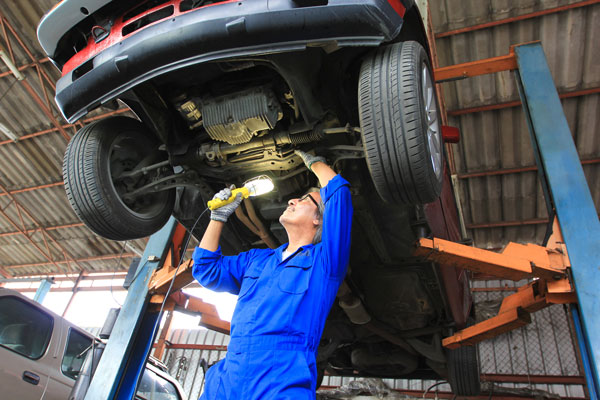
We all are familiar with how bright LEDs are compared to incandescent lighting in general, but there are a few different types that are used in new lights. The Direct In-line Package (DIP) LED is one that is separate from all others and looks like a small bulb. These are still used in some LED lights and they may contain one or many. In these types of lights, the design of the reflector and lens has a big effect on the intensity of the light.
A Surface Mounted Diode (SMD) is one that is permanently fused to a circuit board and this is one of the more popular designs used today. They come in a variety of sizes, making them more versatile and they are commonly used in string or strip lights as well. Another feature of the SMD design is that there can be multiple diodes on a single LED chip, each with its own circuit, allowing the combination of red, green and blue diodes. By adjusting the output level of these three colors, you can come up with almost any color in the spectrum.
Chip on Board (COB) diodes are one of the most recent LED technology advancements. COB chips differ from SMD chips in that they generally have nine or more diodes, but regardless of the number of diodes, they are all on only one circuit. The basic circuit design takes up much less space and while it does not allow for multi-color diodes, it creates a panel-like appearance and produces a lot of light from a small area. You cannot see the different LEDs in a COB light, whereas an SMD light will appear as multiple different small lights.
Moving on to the type of light that will be most useful to you, different designs, shapes and sizes are everywhere. We see them all the time on the tool trucks, online and in hardware stores. This plays into our hands since different things work for all of us and with such a wide selection, we have the luxury of choosing exactly what fits our needs.
One of the first things to look at with a new light is the mounting possibilities that lend to its usefulness. Many hang by hooks, the very item that turns any light into a mechanic’s tool. Anything from the age-old traditional trouble-light hook about the size of that on a clothes hanger, to new hook styles and designs of all shapes and sizes, made of metal or plastic, round out the choices in this area.
You may hang it from a small component in a tight area, or it could be something hot or something delicate you don’t want to scratch, so consider where you will use it. Neither style of hook is necessarily better, it just depends completely on what works best for you and what you are using the light for. If it’s plastic, the hook is more susceptible to breaking, so make sure replacements are available.
Next in line is a magnetic base. This is a common feature, but choose carefully, they are not all created equal. Most of them have fairly strong magnets. They should grip strong and you’ll know it when you try it, but there’s more to consider than the strength of the magnet. Make sure it has some type of protective covering that can be cleaned easily. You’ll be using it everywhere and there are many places you’ll need it where you don’t want to scratch the surface. Even if you don’t think small scratches matter, you’re working on someone else’s investment and it probably matters to them.
Another key to the magnetic base is its ability to swivel or move. This is important for adjustment of the light and the greater the movement the better, but it should also hold strong enough to keep its position and at the same time give just enough so you can adjust it without causing the base to slide or detach from its mounting surface.
The best of both worlds for mounting? A hook and a magnet is included with some lights and some hooks fold down along the body of a light to stay out of the way when you don’t need them. If you don’t want a hook or a magnet, clamp lights are the way to go. Possibly the most secure method of mounting and usually rubber coated, there is little worry of damaging anything with one of these.
Durability, you might ask? You’re going to drop them, and more than once, so a light with a rubber coated housing offers great protection.
Not to be overlooked and quite possibly one of the most important features is the on/off switch. You don’t have time to waste fumbling with a switch that is difficult to access, making flush easy-push buttons one of our favorite options. But consider too, is it just on/off at full intensity or are there two or three levels of brightness that you have to cycle through with the press of a button? Some people like different levels like this, but some just need as much light as possible. If you just want to turn it on and off, will it annoy you to cycle through multiple positions every time? It’s something to consider.
Some new lights offer variable intensity and the on/off function via the dial type of switch. These also work really well and can be operated quickly and easily via your thumb when holding the light.
Although some new lights come with a dedicated power cord and transformer, most come with a USB-type power cord and adapter. We tend to like this option as USB plugs are standard on many tool boxes and work hutches, saving space from using an AC outlet or power strip. The end that plugs into the light is often a small plug similar to a cell phone, or it may be a small male barrel connector, which is a little easier to use. By far the easiest are those lights that sit in a docking station or have exposed charging contacts.
Hanging lights, headlamps and clamp lights may be familiar to us all already, but a more recent newcomer is the neck light. As you might guess, they fit around your neck and while they may seem awkward at first, they are quite useful for many situations. After you wear them for a few minutes you forget they are there and you can direct the light where you want it, right into your line of sight. You won’t drop them and they won’t fall off… or mess up your hair if vanity is your game.
So look on the bright side of lights and have fun with it. It’s a better time than ever to shop for lights. Now, if someone would just build a light into these annoying masks we have to wear…

